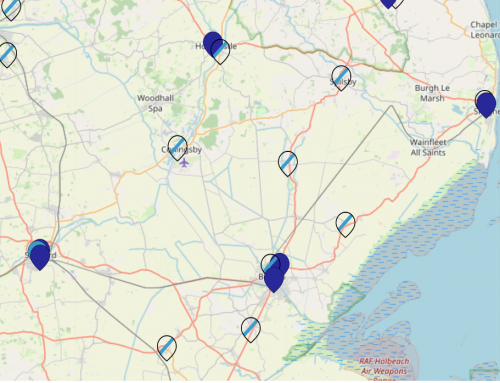1. There are often comments that selection is a minor issue affecting only a few areas. This is probably because commentators looking at statistics showing over 80% of English children are in comprehensives miss the fact that many schools designated comprehensive are in selective areas, where all children are affected by selection.
2. Although there are only 163 fully selective schools in England many English children face selection at 11. Nearly a quarter of English local authorities (36 out of the 152) have one or more fully selective schools – Barnet, Bexley, Birmingham, Bournemouth, Bromley, Buckinghamshire, Calderdale, Cumbria, Devon, Enfield, Essex, Gloucestershire, Kent, Kingston, Kirklees, Lancashire, Lincolnshire, Liverpool, Medway, North Yorkshire, Plymouth, Poole, Reading, Redbridge, Slough, Southend, Stoke on Trent, Sutton, Torbay, Trafford, Walsall, Warwickshire, Wiltshire, Wolverhampton, Wirral, The Wrekin.
3. Of these 36 around 15 have a significant proportion of secondary places requiring children to sit a test on entry, Trafford for example has about 40% of its places in selective schools. The other 21 local authorities have varying amounts of selection.
4. When selection is part of the education system far more pupils are affected than just those who pass the test, as for every child who ‘passes’ two or three are rejected. Inevitably these children will label themselves failures when only half way through their education. About 5% of English secondary school children are in grammar schools and that suggests that each year it is possible that up to 15% of English primary children sit and fail an entry test. So because of selection a significant number of English primary school children is given an official message of failure before going on to secondary education (i). This does not happen to Welsh and Scottish children.
5. Coe for the Sutton Trust found across England as a whole 33% of wards house at least one pupil who attends a grammar school and that selection into grammar schools in England affects the intake of three quarters of secondary schools across the country (ii).
6. Anecdotal evidence indicates that many children sit tests for several schools. In addition an increasing number of schools are selecting 10% of their intake on ‘aptitude’ (iii). Selecting 10% of places on aptitude may seem minimal, but far more than 10% will be rejected and there is a cumulative effect on the intake of other schools.
7. There are many wider effects of selection. The effects of selection on administration including school transport and the costs of tests are not a minor issue. Primary schools are affected.
8. In selective areas many children travel long distances to go to school. Researchers for the Sutton Trust found the proportion of grammar school pupils from another local authority can rise to 75% in some areas (iv). On average a quarter of the intake into grammars comes from another borough than that in which the grammar school is situated (v). Most fully selective local authorities spend more on school transport than their statistical neighbours (vi). This represents an enormous amount of travelling by students. So the costs are both financial and environmental.
9. The costs of administering the selection tests themselves and the appeals resulting deplete funds which might otherwise be spent in the classroom. A report to Kent County Council on the 10th February 2000 estimated the cost of operating the selection process at £521,000. North Yorkshire is largely comprehensive but has three grammar schools, the costs of administering the test in 2007/8 was £191,365.89 (vii). Ending selection would release more money to be spent in classrooms.
10. Even children not taking the test can be affected. Selection forces primary schools to concentrate on getting some of their children through the 11 plus rather than aiming for the best for all the children. As Professor Time Brighouse has said Secondary grammar schools I realize beget primary crammer schools (viii).
11. Parents from selective areas speaking at the Comprehensive Future conference in November 2015 spoke movingly about the damaging effect of selection in their areas (ix).
Refs
i Vernon Coaker MP (24 June 2009) Grammar Schools, House of Commons Parliamentary answer to Paul Holmes MP.
ii Coe R, Jones K, Searle J, Kokotsaki D, Kosnin A. M, Skinner, P. (2008)Evidence of the effect of selective educational systems. CEM Centre Durham University, Sutton Trust.
iii Coldron, J et al (2008) Secondary schools admissions, Research Report DCSF-RR020
West,A, Barham,E and Hind, A. (2009) Secondary school admissions in England Research and Information on State Education
iv Coe R, Jones K, Searle J, Kokotsaki D, Kosnin A. M, Skinner, P. (2008) Evidence of the effect of selective educational systems, CEM Centre Durham University, Sutton Trust,.
v Gibb,N, MP (2012) Parliamentary Answer to Lisa Nandy MP, 8th March. Hansard
vi Miliband,D, MP (29 June 2004) School Transport House of Commons Parliamentary Answer to David Chaytor MP
vii Personal communication
viii ] Brighouse T in Pring, R and Walford, G. Affirming the Comprehensive Ideal. (1997) Falmer
ix Comprehensive Future (2015) Selection the damage continues. Website





